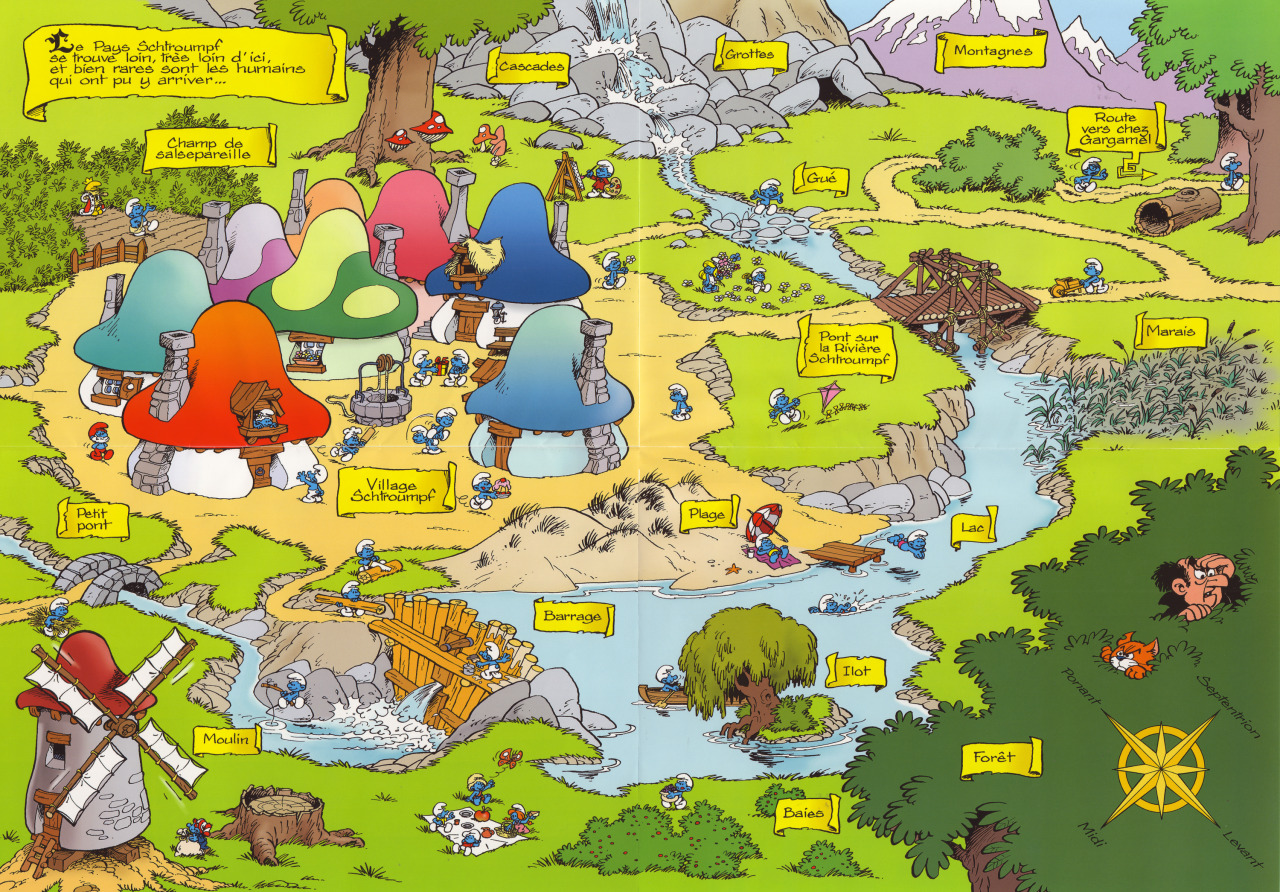The vast system of caverns and passages that riddle the underground of the Land of Azurth are a realm unto themselves, known (appropriately) as Subazurth. Parts of Subazurth are wild and dangerous and in the hands or claws of monsters of various sorts, but other areas are quite civilized and organized into petty kingdoms and even cities. The greatest of these is Troglopolis.
Troglopolis is a large city, perhaps not so grand as the Sapphire City of Azurth but hardly unimpressive. Most of its inhabitants are pale, large-eyed humans called Underfolk. They busy themselves the the same sorts of tasks that occupy those on the surface: they cultivate mushrooms and lichens, fish underground lakes, mine metals, raise bats and train them to carry messages, drain goblinic slime pools for public safety, and engage in commerce--some of this with the surface world.
The practice of religion is found amongst them, as well, of course. They know of Azulina and her handmaidens, but they also venerate relics they find in their caves. These anomalous items do not seem to have come from Azurth above--in fact, they sometimes seem of more advanced manufacture. The Troglopolitans view these as gifts from the gods.
Humans aren't the only inhabitants of Troglopolis and the civilized regions. Their are little folk like in the world above, though there are some varieties not found in Azurth proper. The troglings (or troggles) are furred and tailed humanoids who typically live rather shiftless lives amid ancient ruins of a pre-human civilization.
There are also the diminutive but industrious deep gnomes (sometimes called red gnomes, for the color of their caps). They enlarge passageways to standard sizes, shore up caves, decorate areas with blocky, angular sculptures, and even cultivate the grow of crystalline rock candy outcroppings that so many creatures use for sustenance. It is quite likely that a great under-city like Troglopolis would not be possible but for their efforts. Deep Gnomes are collectivist, owning everything in common and valuing the public good above all. Other species are sometime derisive of them, even destroying the gnomes’ work when it suites them, but the deep gnomes seem oblivious to such affronts, wholly content in their labor.
1 hour ago







































.jpg)












